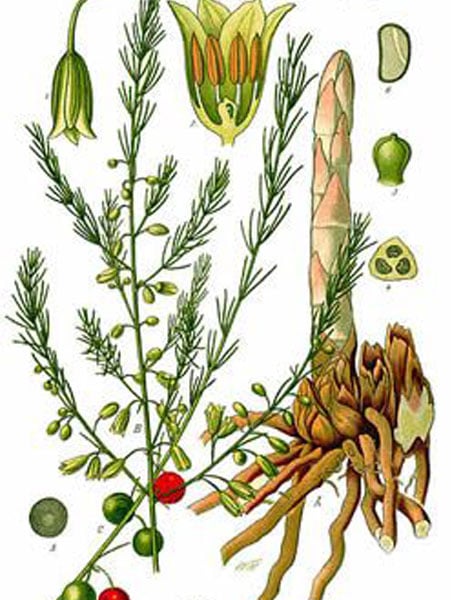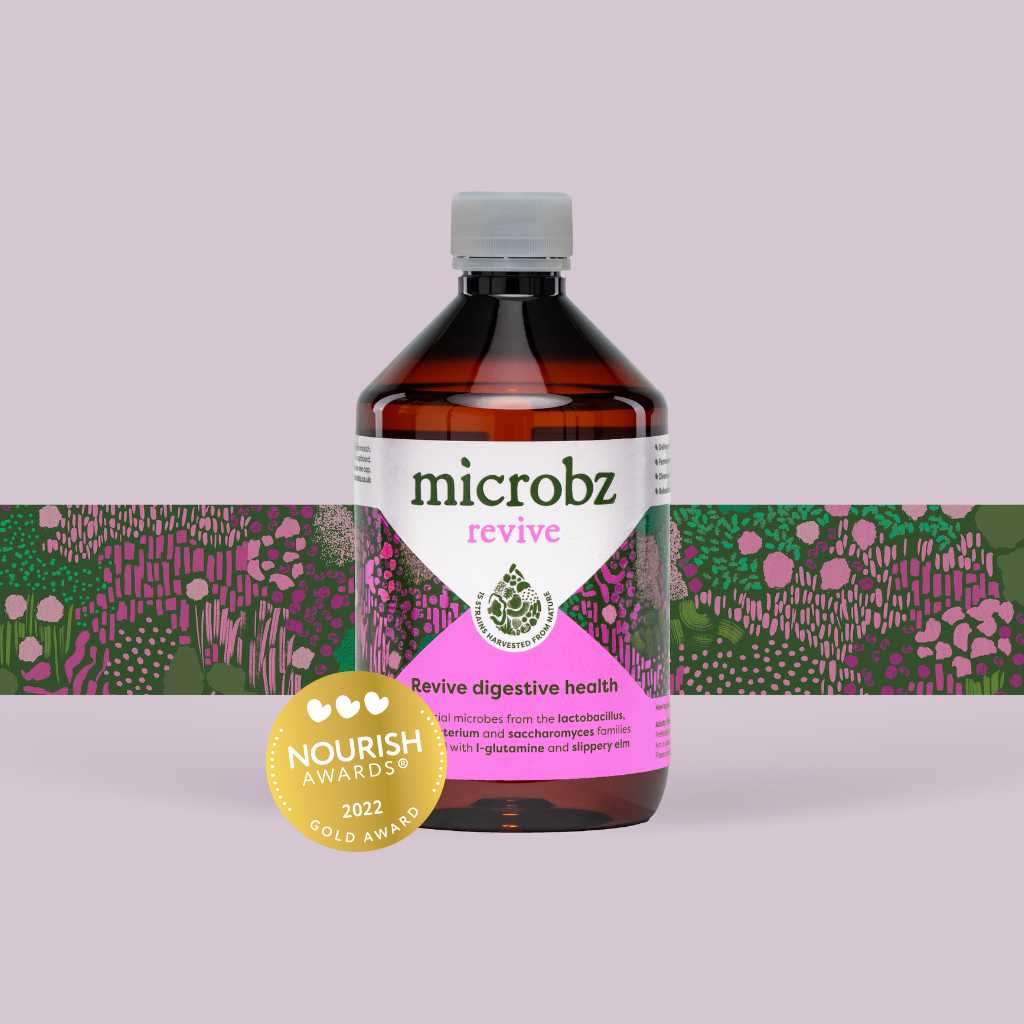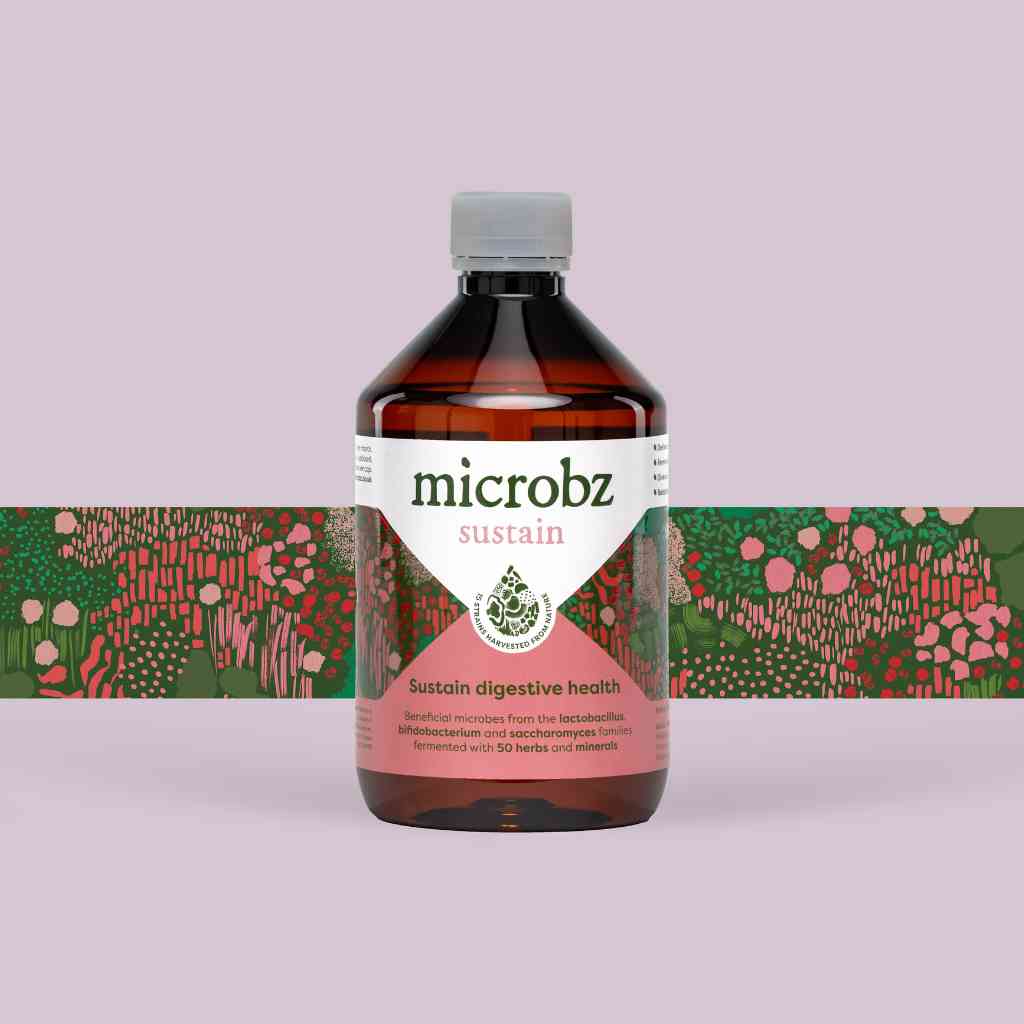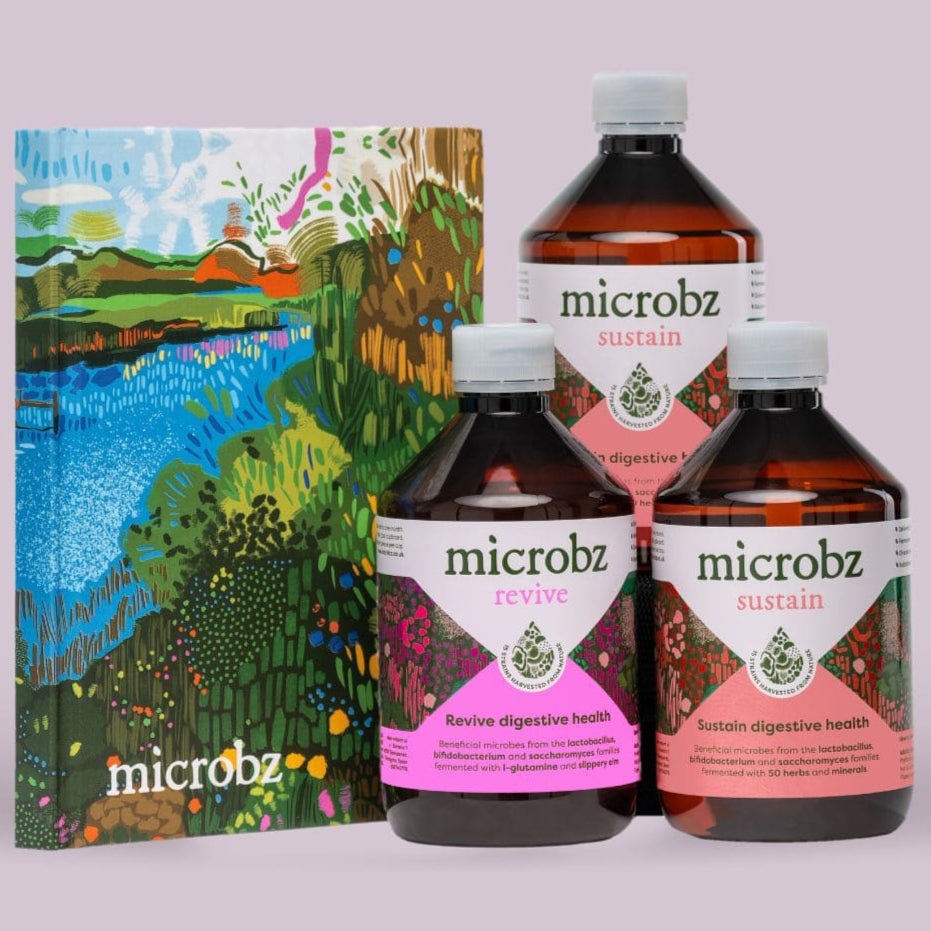Shatavari
Asparagus Racemoses

Family: Asparagaceae
Which probiotic is it in?: Shatavari is a key herb in Detox and Women
Habit and cultivation: Native to India and the Himalayas, Shatavari roots best on rocky, gravelly soils at elevations of up to 1,400m (4,600ft). Now considered an endangered species.
Actions (known for): Anti-oxidant, diuretic, anti-depressant, adaptogen, galactogogue, oestrogen modulator, anti-tussive, anti-bacterial, immunomodulator, digestive and cytoprotective.
History of Shatavari
Parts used from the Shatavari
Roots
Constituents (bio available chemicals):
Asparagamine A, sterol saponins (shatavaroside A, shatavaroside B), filiasparoside C, shatavarins and asparanin A.
Nutritional constituents:
Minerals: copper, zinc, manganese, iron, cobalt, sodium, potassium, calcium and lithium.
Indications:
Stress, fatigue, chronic disease, adjunct to cancer treatment, cough, fluid retention, cystitis, gastritis, diarrhoea, stomach ulcers, urinary stone prevention, sexual debility, infertility and menopausal symptoms, threatened miscarriage, general anti-oxidant and neuroprotective.
Dosage:
Liquid extract (1:2): 30-60ml per week. Infusion: 500-1,000mg twice daily.




